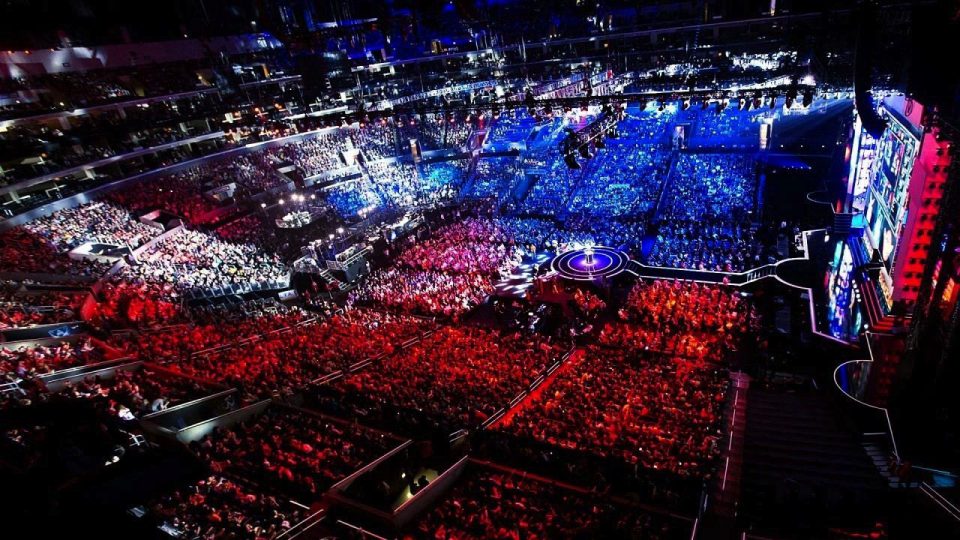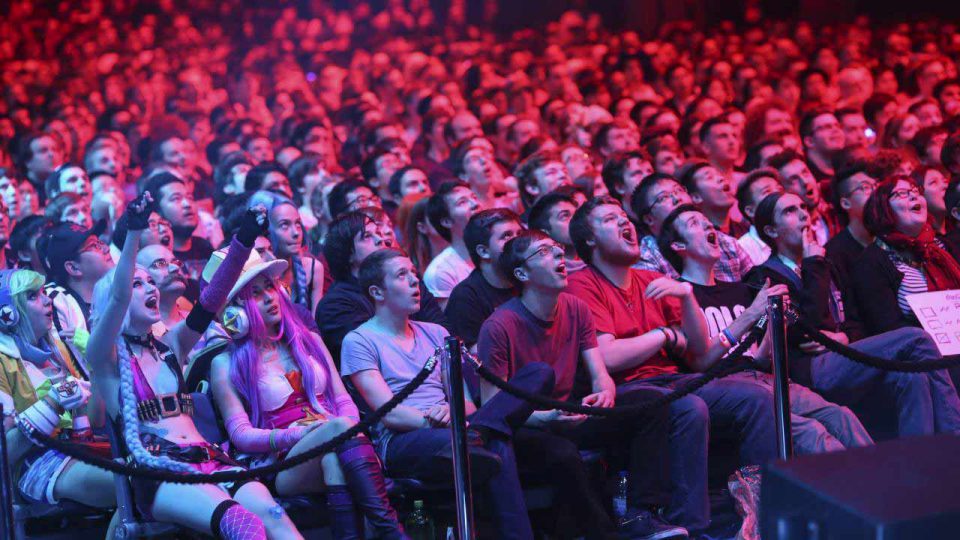eSports, or competitive video gaming, is an alien concept to many. Most assume that gaming exists only in childhood bedrooms, but that is not the case. Now, gaming is a career for many and a well-paying one at that.
It’s been a long journey. Competitive gaming has existed for almost as long as the games itself. The first known gaming tournament took place way back in 1972. A few dozen students gathered at Stanford University to contest their Spacewar skills. The classic arcade game was a huge hit at the time in its 1200-pound casing. A year’s subscription to Rolling Stone magazine was the prize.

Competition grew as fast as the games themselves. In the 1980s, Atari held the Space Invaders Championships for thousands of competitors. Arcade – and particularly fighting games laid the eSports foundations. The internet changed things further as online video gaming became the norm. Competition was no longer confined to local tournaments and meets. Competitive gaming went global as teams became organisations and businesses. This takes us up to the early 2010s. The industry was ready to explode but how was this achieved?
Viewership
There has been a significant increase in eSports viewership over the last decade. Statista estimates that the worldwide eSports audience was around 134 million in 2012. In 2019, that figure will surpass 450 million and by 2022, 640 million. More and more people are even attending events in person. Arenas and stadiums built for tens of thousands of fans sell out for gaming events.

It’s a staggering number but the growth has been global. The North American and European following has grown but there are many more in Asia. South Korea and China are two of the biggest supporters of competitive gaming. In 2015, there were around 130 million eSports viewers in Asia. That number is expected to reach 350 million by 2021.
We can thank streaming services for this. Sites like Twitch have helped bring eSports to anyone with an internet connection. but the growth hasn’t been solely online. More and more competitive gaming events are being broadcast on television. ESPN and ABC have both made a commitment to show eSports events in America. This has helped bring the industry to a more mainstream audience. Viewership has only increased as a result.
Financial Growth
As important as fans are, money is even more so. Financial growth is the fuel behind the expansion of competitive gaming and is showing no signs of stopping. The industry will surpass the $1 billion-mark in 2019 for the first time ever. It represents year-on-year growth of over 26% but how is all this possible?
The largest source of income for eSports has been sponsorship. Almost every major brand on the planet has invested in competitive gaming. Microsoft put money forward while Amazon spent big on the streaming platform Twitch. Sponsorship is reportedly worth $456 million to the eSports industry this year.
But there are so many other ways for money to come in. Broadcasting rights deals are now commonplace. As well as streaming services, many traditional networks have spent big. The growing fanbase is not ignored by broadcasters eager to cash in on ad revenue.
But eSports has also followed the path set by traditional sports. Ticket sales and merchandise have become a welcome source of income for sites like ESL Gaming. Supporters can even bet on matches. Betway has offered odds on eSports matches for many years. This only increases the industry’s revenue.
Organisation
Competitive gaming has come a long way from that Stanford University lab. Vast organisations have sprung up to support the industry across the world. Forbes has put the value of some competitive gaming organisation in excess of $300 million. These teams typically compete in a variety of different game titles.
Each game has its own unique setup and many of these have become vast and prosperous. The prize for the winner of The International, the largest tournament in Dota 2, was over $11 million in 2018. League of Legends and Overwatch have both set up their own regular leagues, similar to traditional sports. Initiatives like this have only helped competitive gaming grow.

As viewership has grown across the world, companies have invested in the industry. This has stimulated further growth and exposed more people to eSports. Sponsorship, viewership, and organisation are three areas which support one another. All three contribute to one thing: the rapid growth of competitive gaming. Watch as this sector only continues to grow in the coming years.

